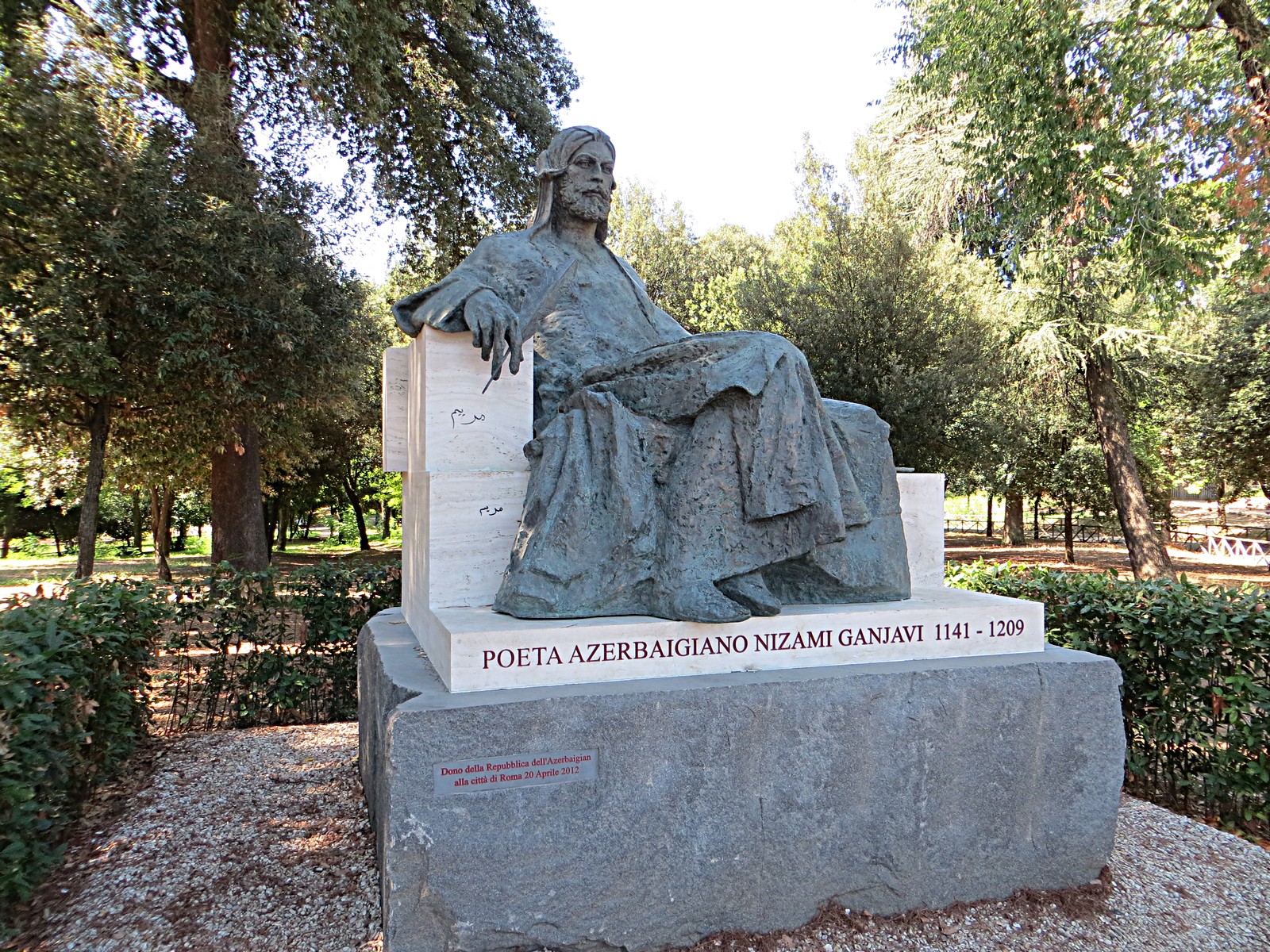When it comes to Persian literature, few names shine as brightly as Nizami Ganjavi—a 12th-century poet whose romantic epics have enchanted readers for centuries. Blending love, adventure, wisdom, and spirituality, Nizami’s tales are not just stories; they are worlds—vivid, emotional, and filled with unforgettable characters. If Persian poetry were a constellation, Nizami would be one of its guiding stars.
Whether you're new to Persian classics or curious about the roots of Eastern romance literature, Nizami is a perfect place to start.
Who Was Nizami Ganjavi?
Born around 1141 in Ganja (now in modern-day Azerbaijan), Nizami lived during a time of cultural brilliance in the Persian-speaking world. He wrote in Persian and belonged to the broader Persianate cultural sphere, which stretched across Iran, Central Asia, and beyond.
Nizami was not a court poet chasing favors—he lived a more secluded, contemplative life. But his words reached kings and commoners alike. His poetry is known for its psychological depth, poetic richness, and timeless themes of love, justice, and the human condition.
The Khamsa: Five Gems of Persian Storytelling
Nizami’s most famous work is the Khamsa (“Quintet”)—a collection of five long narrative poems, each a masterpiece in its own right:
-
Makhzan al-Asrar (The Treasury of Mysteries)
A didactic and philosophical poem, rich with moral tales, Sufi ideas, and reflections on life. -
Khosrow and Shirin
One of the greatest love stories ever told. The Sassanian king Khosrow falls in love with the Armenian princess Shirin. It’s a tale of desire, dignity, and love tested by time, politics, and rivals. -
Layla and Majnun
A tragic love story that predates Romeo and Juliet. Qays (Majnun) becomes mad with love for Layla. Their doomed romance speaks to the power of longing and the pain of separation. -
Haft Peykar (Seven Beauties)
A dazzling narrative in which the Persian king Bahram Gur visits seven princesses from different lands—each on a different day of the week—and each tells him a symbolic story. This is a masterclass in storytelling and allegory. -
Eskandarnameh (The Book of Alexander)
A poetic retelling of the life of Alexander the Great, blending history with Persian myth and philosophy. In Nizami’s version, Alexander is more than a conqueror—he’s a seeker of knowledge and wisdom.
Themes That Transcend Time
Nizami’s stories are often set in royal courts and faraway lands, but they speak to deeply human concerns:
-
The tension between love and duty
-
The search for meaning and truth
-
The role of fate and free will
-
The beauty of storytelling itself
He brings lovers to life with stunning emotional realism. His heroines—like Shirin and Layla—are not mere symbols; they’re intelligent, brave, and full of agency. His heroes are flawed, passionate, and profoundly human.
Why Nizami Still Matters
Nizami’s influence stretches across cultures. His epics were admired by Persian, Ottoman, and Mughal poets. His stories were illustrated in beautiful miniature paintings, recited in royal gatherings, and even adapted in music and theater.
In modern times, scholars explore his work for its literary brilliance, while artists and readers return to it for inspiration, beauty, and soul.
More importantly, Nizami reminds us that love—in all its forms, from romantic to spiritual—is one of the most powerful forces in human life.
A Master of Form and Feeling
Nizami wasn’t just a storyteller; he was a virtuoso of verse. He mastered the mathnavi (rhyming couplets), weaving lines with rhythmic precision and lush imagery. His poetry sings on the page and soars when spoken aloud.
He brought realism to Persian romantic literature. Love in Nizami’s world is messy, joyful, painful, and transformative. And in his hands, stories don’t just entertain—they teach, challenge, and heal.
Final Thoughts
Nizami Ganjavi is more than a poet—he’s a cultural treasure, a philosophical mind, and a literary architect whose romantic epics still echo across time. His characters live on, his lessons still resonate, and his language continues to stir hearts.
If you’ve never read Nizami, you’re in for a journey—one of poetic wonder, emotional depth, and timeless beauty.
Ready to fall in love with Persian literature? Nizami is waiting.





